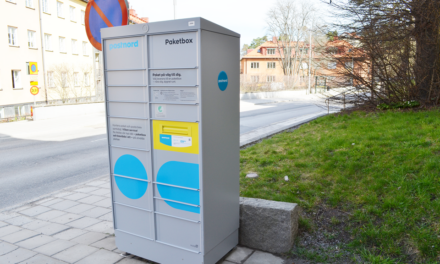
USPS outlines 10-year plan to address declining revenue, volume
The postal service seeks flexibility in operations and delivery as well as possible 2011 price increase. The postmaster general John E. Potter has outlined a plan of cost cutting, increased productivity and an array of legislative and regulatory changes to maintain a viable USPS, which is facing volume declines and a projected cumulative $238bn shortfall during the next decade.
“The crisis we’re facing gives us a historic opportunity to make changes that will lay the foundation for a leaner, more market responsive Postal Service that can thrive far into the future,” Potter said, stressing that there is no one single answer or quick fix to the crisis.
USPS examined revenue, volume and consumer trends; analysed revenue and product opportunities employed by foreign posts; and examined more than 50 possible actions to realistically address volume declines that will not return, increasing health care and delivery costs, and dramatic changes to consumer behavior.
“The future depends on a suite of solutions that takes a balanced and reasonable approach, one that cuts across every aspect of our industry but one that, in the end, does the greatest possible good for our stakeholders and the American public,” Potter said.
Mail volume is projected to fall from 177bn in 2009 to 150bn in 2020. That represents a 37% decline in First-Class Mail alone. Revenue contributed by First-Class Mail will plummet from 51% today to about 35% in 2020.
“Ensuring a Viable Postal Service for America,” USPS business plan, addresses these challenges, and describes a flexible, agile Postal Service that can adapt to America’s changing mailing habits and preferences.
If USPS takes no action, it will face a cumulative shortfall of $238bn by 2020. But Potter outlined a number of actions that could amount to as much as $123bn in savings during that same time period. These actions build on the Postal Service’s record of saving more than $1bn every year since 2001 and include continuing to aggressively control costs and eliminating hundreds of millions of work hours.
Despite these efforts, an estimated $115bn shortfall will remain. The business plan identifies actions to close that gap:
- Restructure retiree health benefits payments to be consistent with what is used by the rest of the federal government and the majority of the private sector and address overpayments to the Postal Service Civil Service Retirement System pension fund.
- Adjust delivery days to better reflect current mail volumes and customer habits.
- Continue to modernise customer access by providing services at locations that are more convenient to customers, such as grocery stores, pharmacies, retail centers, and office supply stores. Increase and enhance customer access through partnerships, self-service kiosks and a world-class Website.
- Establish a more flexible workforce that is better positioned to respond to changing demand patterns, as more than 300,000 employees become eligible to retire in the coming decade.
- Ensure that prices of Market Dominant mailing products are based on demand for each individual product and its costs, rather than capping prices for every class at the rate of inflation.
- A modest exigent price increase will be proposed, effective in 2011.
- Permit the Postal Service to evaluate and introduce more new products consistent with its mission, allowing it to better respond to changing customer needs and compete more effectively in the marketplace.
“Lifestyles and ways of doing business have changed dramatically in the last 40 years, but some of the laws that govern the Postal Service have not. These laws need to be modernised to reflect today’s economic and business challenges and the dramatic impact the Internet has had on American life,” Potter said.
The business plan is a path to the future, the Postmaster General said, a future where USPS remains a vital driver of the American economy, an integral part of every American community and continues to deliver the greatest value of any comparable post in the world.
“If given the flexibility to respond to an evolving marketplace, USPS will continue to be an integral part of the fabric of American life,” Potter said.
For more information, fact sheets, soundbites and graphics, please visit www.usps.com/strategicplanning/futurepostalservice.












